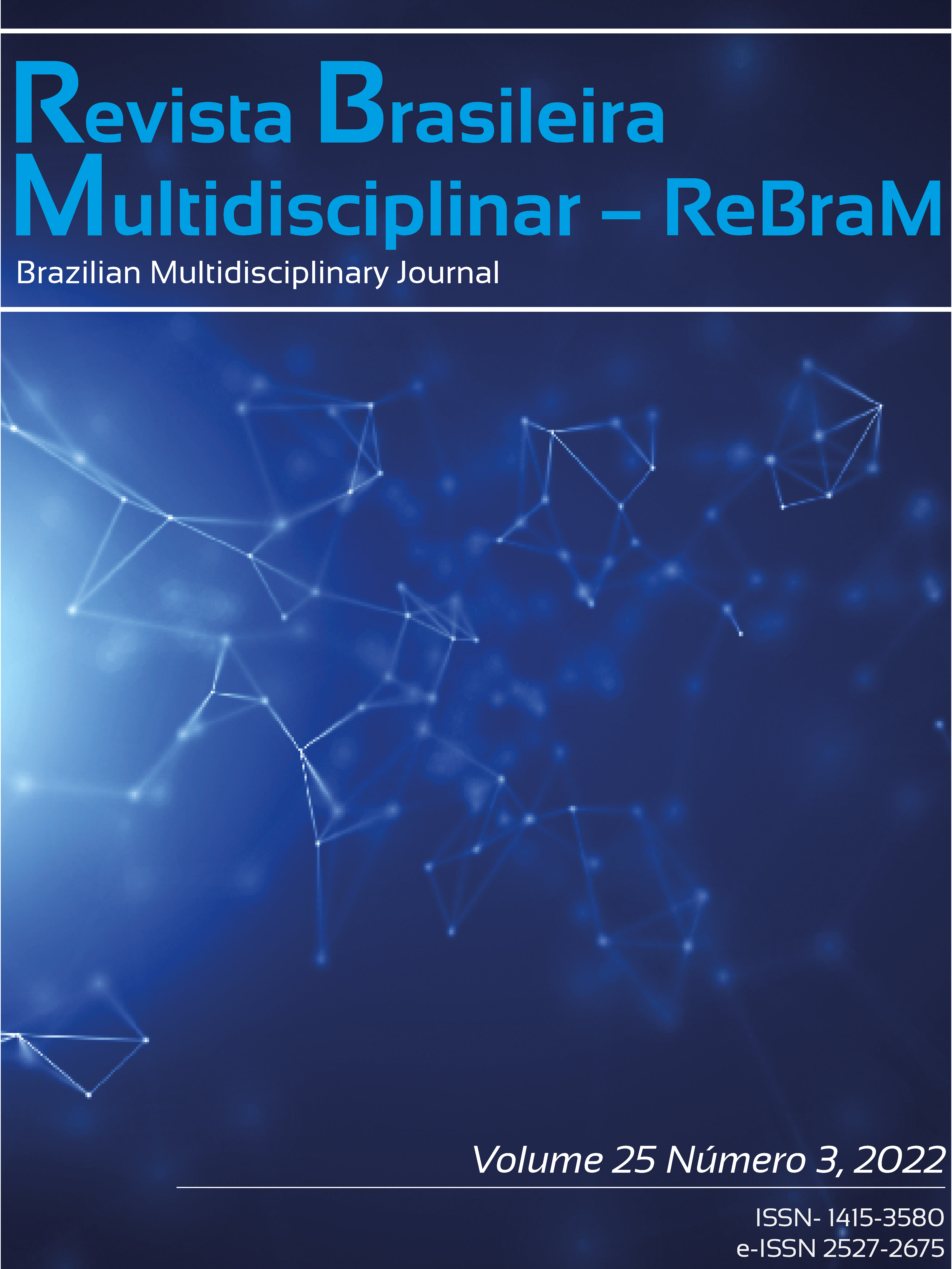Technological prospecting in water desalination systems
Main Article Content
Abstract
Desalination consists of removing salts from brackish water or seawater. Among the various known water desalination methods, the main ones are thermal and membrane, where reverse osmosis is the most common, and by electrodialysis. Water desalination is an alternative to the water supply that intends to meet the demands for drinking water. The aim of this study was to carry out a technological prospecting for patents related to water desalination. The following online patent databases were consulted: National Institute of Industrial Property (INPI), World Intellectual Property Organization (WIPO) and European Patent Office (EPO) using various descriptor terms. With the results obtained, surveys were made chronological period of filing, distribution of patents by countries and classification of patents according to the International Patent Classification (IPC). It was found that the WIPO database had the largest number of filed patents (208,425), followed by EPO (190,906) and INPI (118). According to IPC, most patents had these classifications: 52.91% include section C (Chemistry; Metallurgy), followed by section B (Performing operations; Transporting) with 39.84%. The largest number of patents occurred in 2019, with 3,026 filings, with the United States of America and China holding the largest number of registered patents. Faced with the scenario of world population growth and climate change, the promotion of new technologies that recycle water presents a promising alternative.
Downloads
Article Details

This work is licensed under a Creative Commons Attribution 4.0 International License.
• The author (s) warrant that the contribution is original and unpublished and that it is not in the process of being evaluated in other journal (s);
• The journal is not responsible for the opinions, ideas and concepts issued in the texts, as they are the sole responsibility of the author (s);
• Publishers have the right to make textual adjustments and to adapt the article to the rules of publication.
Authors retain the copyright and grant the journal the right of first publication, with the work simultaneously licensed under the Creative Commons Attribution License, which allows the sharing of work with acknowledgment of authorship and initial publication in this journal.
Authors are authorized to take additional contracts separately, for non-exclusive distribution of the version of the work published in this journal (eg publish in institutional repository or as book chapter), with acknowledgment of authorship and initial publication in this journal.
Authors are allowed and encouraged to publish and distribute their work online (eg in institutional repositories or on their personal page) at any point before or during the editorial process, as this can generate productive changes as well as increase the impact and citation of the published work (See The Effect of Free Access) at http://opcit.eprints.org/oacitation-biblio.html





